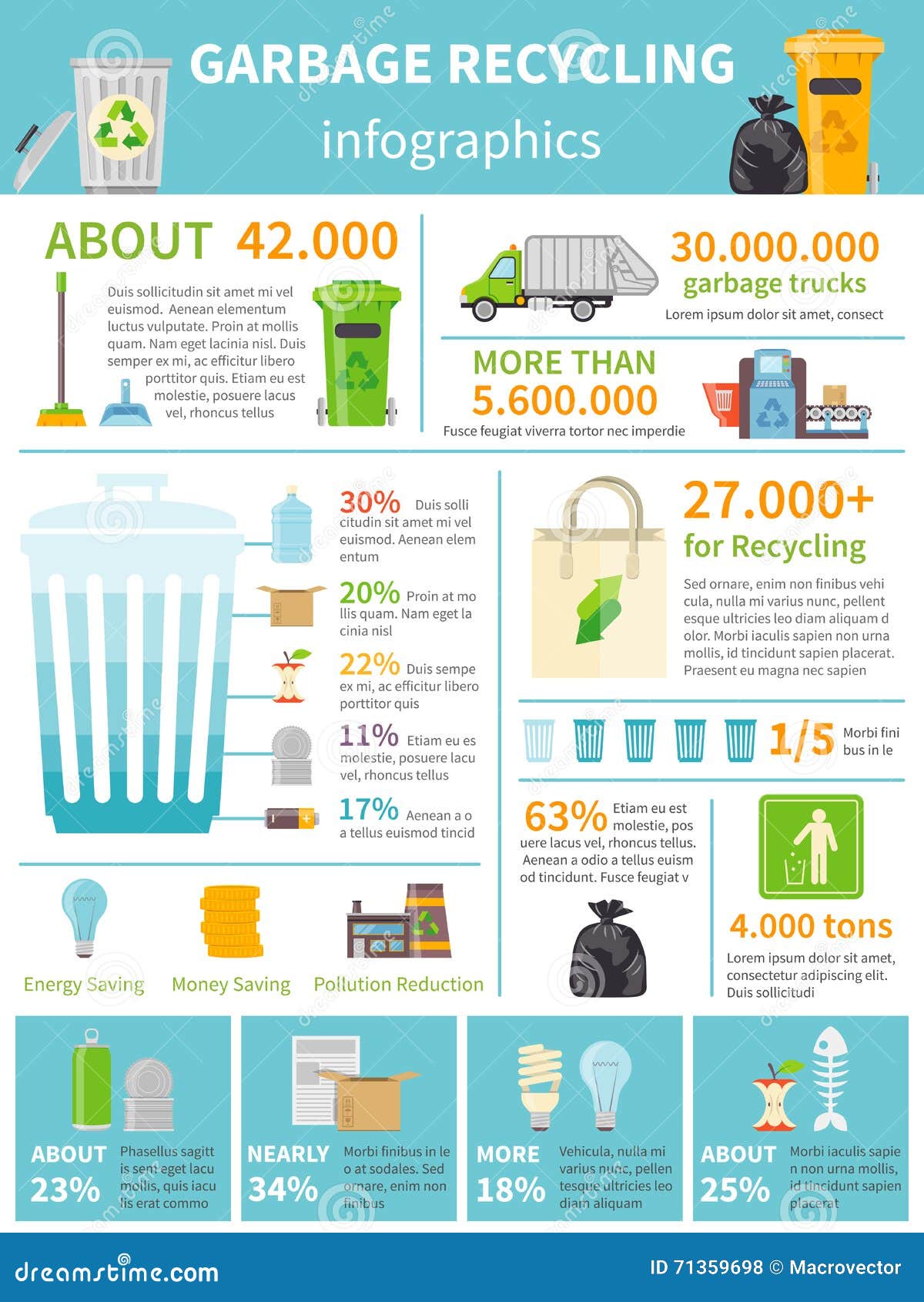Picking The Ideal Dumpster Dimension For Your Job: A Thorough Overview
Picking The Ideal Dumpster Dimension For Your Job: A Thorough Overview
Blog Article
Material Writer-Sparks Snider
When starting a task that requires a dumpster, the dimension you pick can greatly influence its performance and cost-effectiveness. Imagine having where to rent a dumpster near me that fits all your waste without being exceedingly huge or as well tiny. It all begins with comprehending the subtleties of your project and picking a dumpster size that lines up with your particular requirements. So, before you decide, take into consideration the variables at play to ensure a seamless waste management process from beginning to end.
Variables to Take into consideration
When selecting the right dumpster size, there are numerous essential factors to think about.
Initially, think of the type of waste you'll be throwing away. Different materials might call for differing amounts of space, so comprehending what you'll be putting in the dumpster is critical.
Next off, evaluate the amount of waste you expect to create. If you take too lightly the quantity, you might need to make multiple journeys to dispose of every little thing, which can be bothersome and costly. On Read the Full Document , renting out a dumpster that's too big can lead to unnecessary costs.
Additionally, take into consideration the area where the dumpster will certainly be placed. Make sure there's enough space for the dumpster to be delivered and gotten with no obstructions.
https://construction-bin-rental87542.blogdomago.com/29644724/actions-to-obtain-your-residential-property-ready-for-a-dumpster-rental-distribution but not least, consider any type of weight constraints that may apply. Surpassing the weight limit can result in added costs or perhaps the refusal of service.
Dumpster Dimension Options
For selecting the best dumpster dimension, it's important to have a good understanding of the readily available choices. Dumpster sizes normally range from 10 to 40 cubic lawns, with variants in between.
A 10-yard dumpster appropriates for little projects like a garage cleanout or a tiny restoration. If you're taking on a medium-sized job such as a kitchen area remodel or a cellar cleanout, a 20-yard dumpster may be the ideal selection.
For bigger jobs like a whole-house improvement or industrial building, a 30 or 40-yard dumpster could be better to fit the volume of waste generated.
When choosing a dumpster size, take into consideration the amount and sort of debris you expect to get rid of. It's much better to choose a somewhat bigger size if you're uncertain to stop overfilling. Remember, it's even more cost-effective to rent a dumpster that fits your needs rather than needing to get an extra one.
Matching Dimension to Project
Ideally matching the dumpster size to your job is important for efficient waste management. To figure out the appropriate dimension, take into consideration the range and nature of your job.
For little home cleanouts or remodellings, a 10-yard dumpster might be enough. These are generally 12 feet long and can hold about 4 pickup truck loads of waste.
For bigger jobs like renovating multiple spaces or removing a huge estate, a 20-yard dumpster may be more suitable. These are around 22 feet long and can hold about 8 pickup truck lots.
If you're tackling a major building and construction job or industrial renovation, a 30-yard dumpster could be the best fit. These dumpsters have to do with 22 feet long and can suit regarding 12 pickup truck tons of debris.
Matching the dumpster dimension to your job guarantees you have enough room for all waste materials without paying too much for unused capacity.
Conclusion
Finally, picking the best dumpster dimension for your project is vital for reliable garbage disposal. By taking into consideration elements like the kind and amount of waste, area schedule, weight restrictions, and spending plan restraints, you can ensure you have the ideal dimension dumpster for your needs. Make certain to match the dimension of the dumpster to the range and nature of your task to prevent overspending on unnecessary costs.
